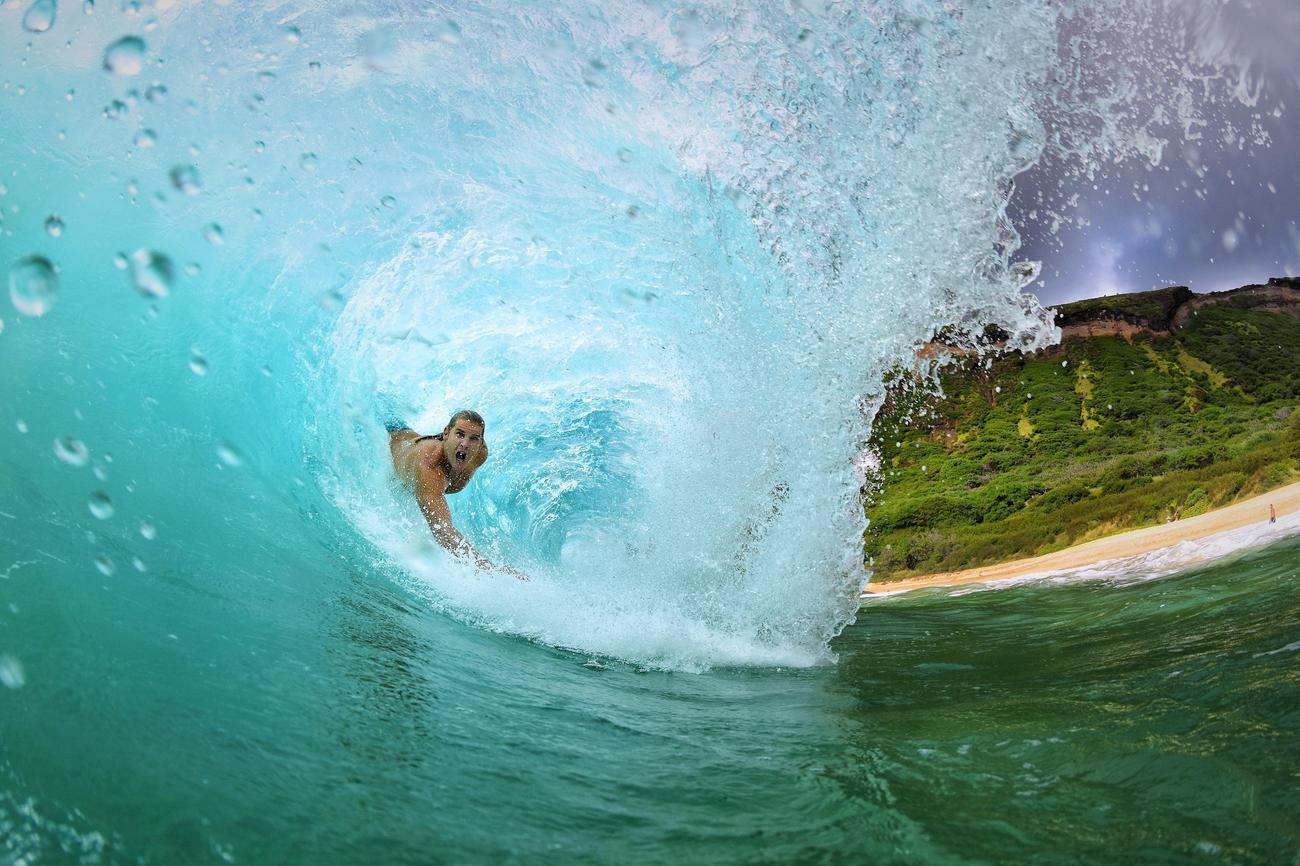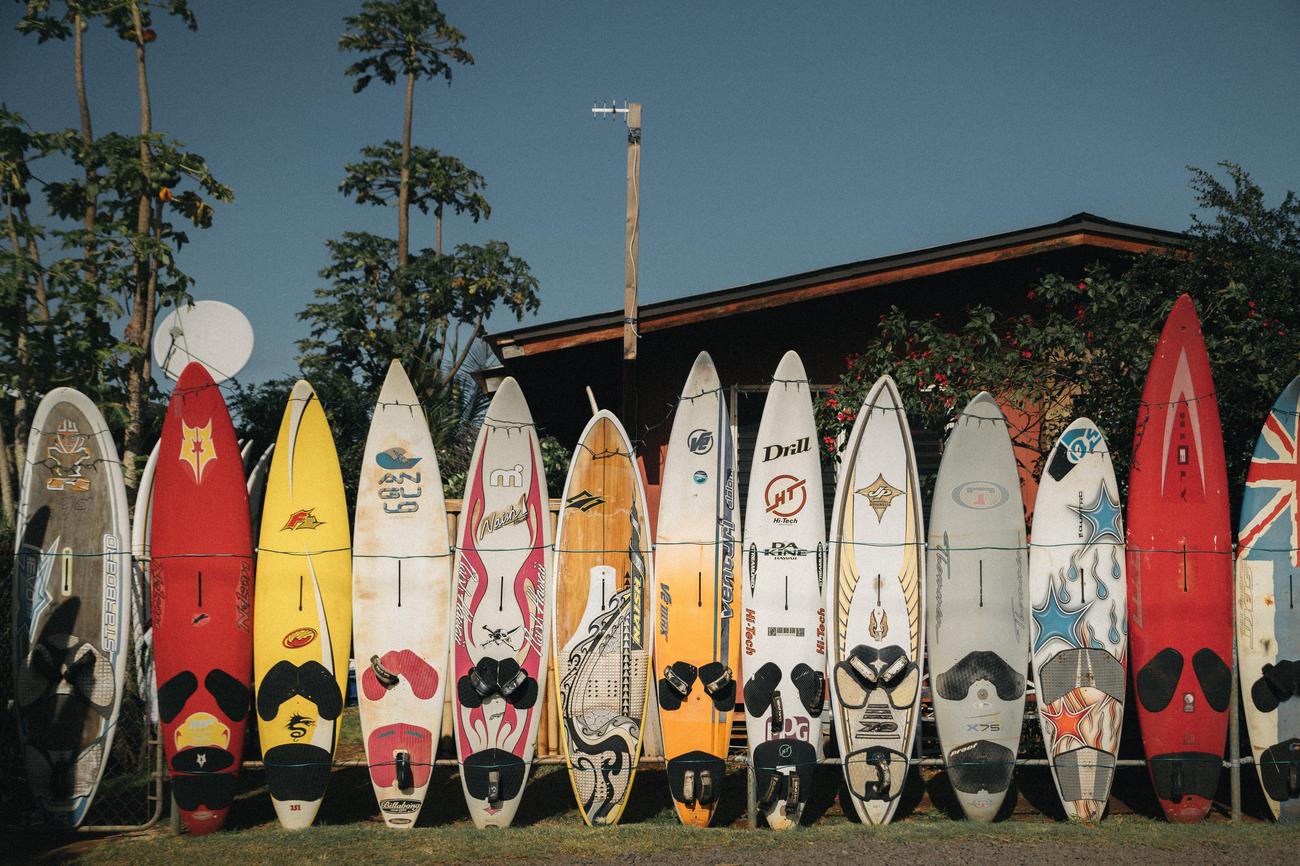Are you ready to dive into the enchanting world of surf culture? Get ready to ride the waves of adventure and discover the captivating soul of coastal traditions. In this article, we will embark on a journey to explore the power of surf and unravel the enduring bond between wave riders and the mesmerizing beauty of the sea. From the rich history of surfing to the thriving communities that breathe life into the sport, we will delve into the depths of surf culture, unearthing its secrets and inspiring a newfound appreciation for its significance. So grab your board and let’s paddle out into the exhilarating unknown of the surf world!

surf culture
Surf culture is more than just a sport; it’s a way of life, woven into the fabric of coastal communities around the world. The allure of riding the waves and feeling the power of the ocean has captivated people for centuries. But what exactly is surf culture, and why does it hold such a deep-rooted and enduring soul?
To understand the essence of surf culture, we must delve into its rich history. It all began with the ancient Polynesians, who were the first to harness the power of the waves. Surfing was not just a pastime for them; it was a way to connect with the divine. Waves were studied, and remarkable surfing feats were preserved in chants and songs, underscoring the spiritual significance of the sport. Surfing truly became a part of the Polynesian identity.
Fast forward to the arrival of Western colonizers in Hawaii, and surfing faced a period of marginalization. The code of kapu, which assigned different lengths of surfboards based on social status, was replaced by a hierarchical system imposed by the colonizers. However, Native Hawaiians didn’t surrender their agency. They resisted the encroachment of colonial influence and fought to reclaim their beloved sport, keeping the soul of surf culture alive.
Surfing gradually spread across the globe in the 20th century, propelled by ambassadors like George Freeth and Duke Kahanamoku. They showcased the art of wave riding in the United States, Australia, and New Zealand, introducing surf culture to a wider audience. And with their skill and passion, they ignited a love affair with the ocean that continues to this day.
Today, surf culture has evolved into a diverse and thriving community, united by a collective love for the ocean and the thrill of catching the perfect wave. Surfing is not just about competition; it’s about camaraderie, self-expression, and a connection to nature. It transcends borders, bringing together people from all walks of life, each with their own unique story to tell.
But what sets surf culture apart is its unique language and terminology. Surfing has developed its own sociolect, influenced by Southern California’s surf culture, Valleyspeak, and Australian slang. Words like “barrel,” “stoked,” and “shred” are not just vocabulary; they are a portal into the world of surf culture, allowing surfers to communicate in a way that only they can truly understand.
Beyond the thrill of chasing waves, surf culture also carries an immense responsibility to protect the very oceans that give us so much joy. Coastal ecosystems are fragile, and the impact of human activity can be devastating. As surfers, we have a duty to promote sustainability and conservation, ensuring that future generations can experience the magic of the surf.
In conclusion, surf culture is a tapestry woven with the threads of history, spirituality, camaraderie, and love for the ocean. It is an enduring soul that connects generations, breaks down barriers, and invites people to experience the transformative power of the sea. By appreciating and preserving surf culture, we not only honor our roots but also inspire others to join this incredible journey, where the waves become our muse and the ocean becomes our home.
“Surf culture is a vibrant tapestry, stitching together history, spirituality, camaraderie, and an unshakable love for the sea.”
To fully understand the exhilarating world of surfing, you must first ask yourself, “What is surfing?” This incredible water sport combines skill, balance, and a deep connection to the ocean. If you’re ready to dive into the captivating world of surfing, click here to learn more: What Is Surfing.
As you paddle out past the breaking waves, you can feel the anticipation building. The thrill of catching the perfect wave, the rush of speeding down its face, and the spray of saltwater on your face are all part of the magical experience. Whether you’re a beginner just starting to ride small waves or an experienced surfer searching for that next big barrel, surfing offers a unique sense of freedom and connection to nature.
So, if you’re ready to explore the art of riding the waves and discover what makes surfing so special, click this link to find out more about this incredible sport. Get ready to embark on a thrilling adventure that will leave you craving the next wave and yearning for more.
FAQ
Question 1
What is surf culture?
Answer 1
Surf culture encompasses the people, language, fashion, and lifestyle surrounding the sport of surfing.
Question 2
What is the history of surfing?
Answer 2
The history of surfing can be traced back to ancient Polynesians, and it has been practiced throughout Polynesia and the Pacific in premodern times. In Hawaiʻi, surfing has been culturally significant for at least 1,500 years and was of religious importance to the ancient Hawaiians.
Question 3
How has surfing culture in Hawaiʻi evolved over time?
Answer 3
Surfing culture in Hawaiʻi has evolved over time, with changes brought by colonization and the arrival of American missionaries. The code of kapu in traditional Hawaiian society assigned different lengths of surfboards based on social status. Initially marginalized by colonizers, Native Hawaiians have asserted their agency and resistance to colonial encroachment in the realm of surfing.
Question 4
How did surfing spread globally?
Answer 4
Surfing was spread globally in the 20th century, with ambassadors like George Freeth and Duke Kahanamoku giving demonstrations in the United States, Australia, and New Zealand. It has now become a diverse sport, with the professional surfing world being led by surfers like Italo Ferreira and Gabriel Medina from Brazil.
Question 5
What is big wave surfing?
Answer 5
Big wave surfing involves riding the biggest waves possible and has become a popular non-competitive adventure activity within the surfing community.
- China II Review: Delicious Food & Speedy Service - April 17, 2025
- Understand Virginia’s Flag: History & Debate - April 17, 2025
- Explore Long Island’s Map: Unique Regions & Insights - April 17, 2025
















